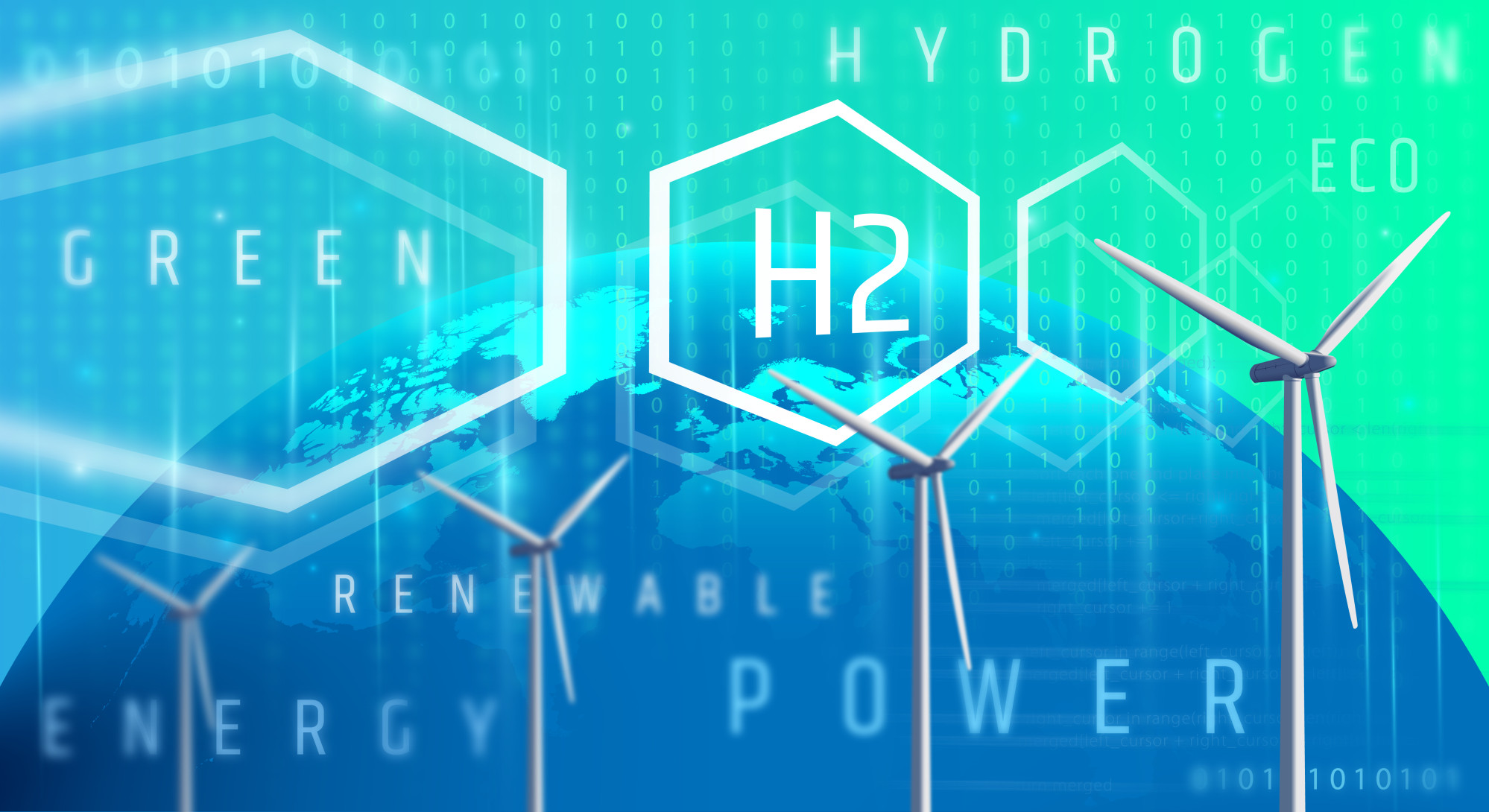
Climate change: Covestro plans to use green hydrogen to make mattresses, water barrels more sustainable
- Covestro’s Shanghai plant is likely to be German firm’s first plant globally to use green hydrogen, putting it on track to reach its decarbonisation goal
- Fortescue Future Industries will supply Covestro with green hydrogen, which will allow it to cut greenhouse gas emissions by 900,000 tonnes a year
The Leverkusen-based firm reported 5.45 million tonnes of greenhouse gas emissions in 2020 from energy use. It has previously targeted to cut its emissions from energy sources by 50 per cent by 2025 from 2005 levels. Covestro is expected to provide an update on its climate goals by next month.
“As part of its circular economy vision, Covestro has committed itself to [transition] to the use of renewable materials and climate-neutral production,” said Richard Fu, media and public relations manager at Covestro China. “In the long term, we aim to completely replace grey hydrogen and ammonia in our production chain with alternatives with zero carbon footprint. We expect that the integrated production site in Shanghai might be the first Covestro site worldwide to benefit from the green hydrogen shipments.”

The feedstock from FFI would cover a major portion of the “grey” hydrogen and ammonia made from fossil fuels that Covestro procures externally currently, he added.
Covestro produces intermediate chemical materials such as polycarbonates used to make water barrels in dispensing machines. It also makes TDI (toluene diisocyanate) and MDI (methylene diphenyl diisocyanate) that are used to manufacture foam found in products like mattresses and insulation materials.
Hydrogen and ammonia are key precursors in the production of TDI and MDI.
Deliveries from FFI to Covestro are earmarked for three potential locations – Asia, North America and Europe – and could commence as early as 2024.
While FFI is working on green hydrogen projects in over 20 nations, Covestro’s collaboration with it is non-exclusive, Fu said. Covestro’s 11 plants in the Caojing chemical industry park in Shanghai form the company’s largest integrated manufacturing site worldwide. With over €3.5 billion (US$4 billion) invested in the site since 2001, it is a major materials supplier to China’s car and building materials industries.
China, its biggest market, accounted for 21 per cent of Covestro’s revenues in 2020.
Global capacity for green hydrogen – which uses renewable energy to break down water into hydrogen and oxygen – has doubled in the past five years to 0.3 gigawatts, according to Paris-based International Energy Agency.
Projects under development could raise that to 54GW by 2030, while another 35GW of capacity are under early development.
If all these projects are realised, global supply of green hydrogen – as a clean-burning fuel besides use as chemical feedstock – could reach more than 8 million tonnes a year by 2030.
FFI, a unit of iron ore miner Fortescue Metals Group, is targeting to supply 15 million tonnes a year of green hydrogen by 2030, rising to 50 million tonnes per year in the following decade. It has announced deals that could lead to projects in Jordon and Australia.
Goldman Sachs has a more bullish forecast than the IEA. With the roll out of over 30 national hydrogen strategies and road maps globally, a 400-fold rise in clean hydrogen installed production capacity to 130GW by 2030 compared to 2020 is possible, it said in a report published on Friday.
In China, the cost of green hydrogen could decline from 27.2 yuan per kg (US$4.3) in 2020 to 19.9 yuan per kg in 2030 as renewable energy costs fall, said a Daiwa Capital Markets report last month, citing estimates by state-backed energy giant Sinopec.
This means green hydrogen could match by 2030 the production cost of “blue” hydrogen made from natural gas with carbon emissions captured, the report said.


